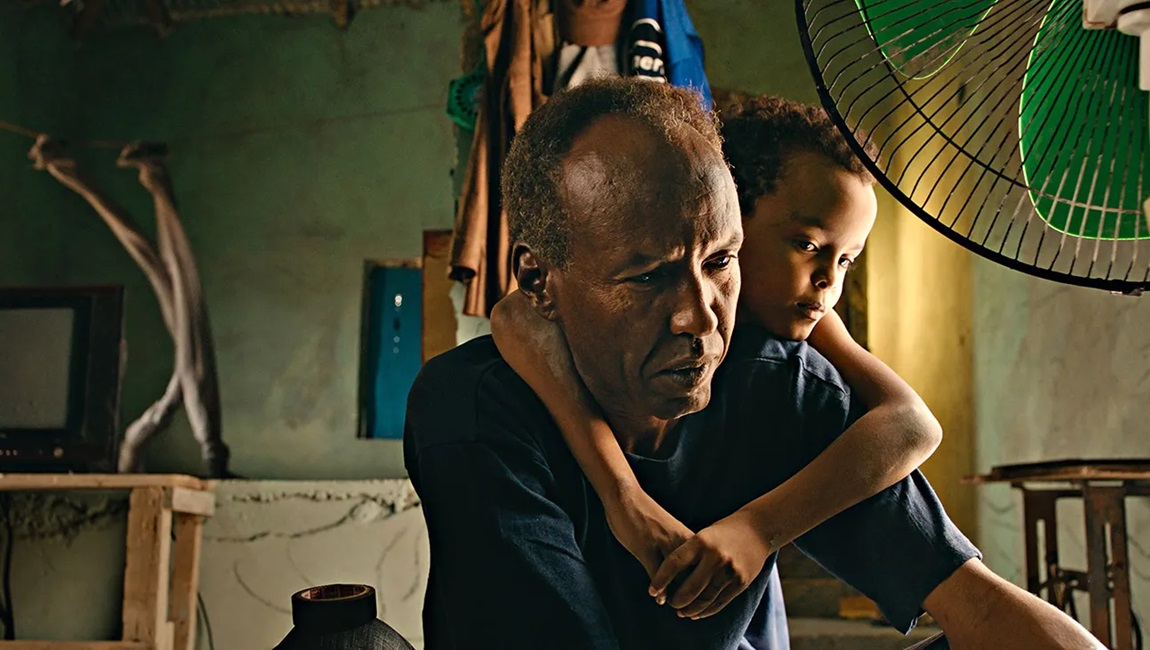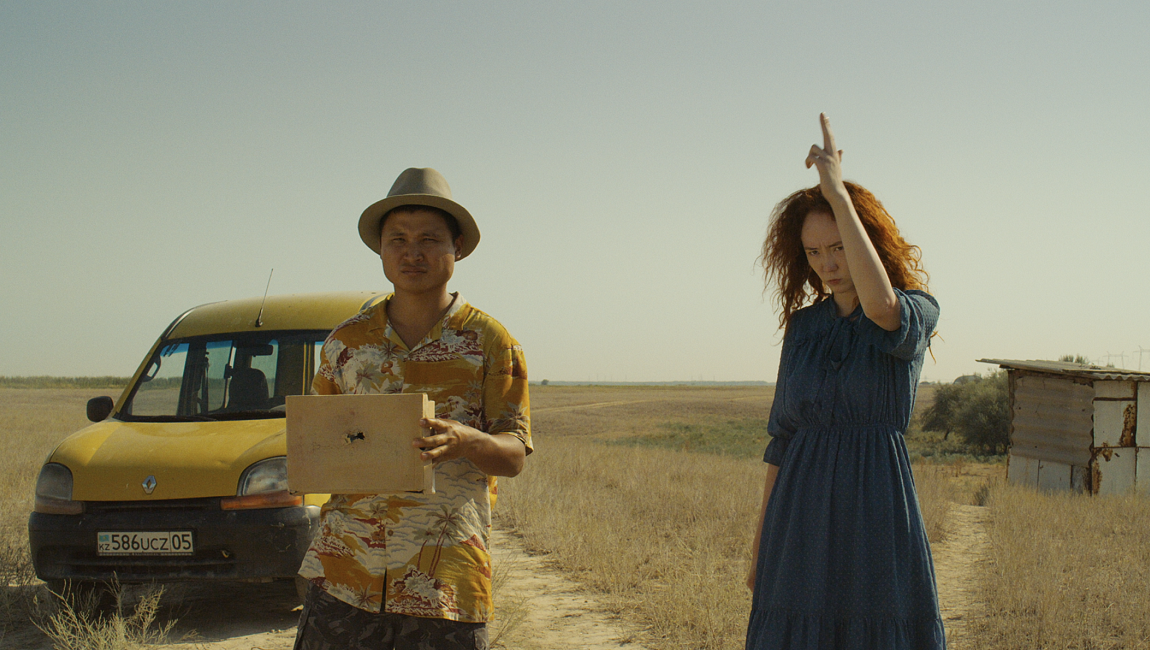In Western countries, the dailiness in those “lesser developed” ones has long been abstracted by a dearth of artistic and cultural diffusion from one to the next. This has, in part, created a certain impressionistic distance from those living oceans apart, one transported by the communications of nonprofits and conventional media; one that has often functioned in harmony with military campaigns and foreign affairs that have reduced the deaths of innocent people to the disembodied “collateral damage,” which has for so long minimized calamity in a soothing, passive voice.
In his prescient essay, The Gulf War Did Not Happen, Jean Baudrillard alludes to the power structures that dictate the terms of our collective exposure to conflict, and the realities of war torn areas: “Just as wealth is no longer measured by the ostentation of wealth but by the secret circulation of speculative capital, so war is not measured by being waged but by its speculative unfolding in an abstract, electronic and informational space, the same space in which capital moves.” But with the advent and global expansion of mass photo-sharing apparatuses and social media, the devastation wrought by killing machines on uninvolved, unprotected children and women has been stripped bare for total exposure, creating a reduction of a different kind. Peter Singer’s now infamous essay Famine, Affluence, and Morality asserts that if we are aware of something bad happening, and it is within our capabilities to do something about it, then morally, we ought to. And while in certain circumstances, as with the rising civilian death tolls in Palestine and Ukraine, the moral imperative becomes clear, there are other instances where the perception that sows a pitying righteousness might reveal itself as a manufactured sanctimony, another product of the same kind reduction used to abstract the lives of those in different countries, with whom we share distinct cultural flavors of the same underlying humanity.
Mo Harawe’s The Village Next to Paradise is both a timely and timeless approach to removing these barriers of image-laden, simplistic communication with a nuanced portrait of an unconventional family in a desolate coastal Somali town. The film’s entry point is one familiar to Western viewers: a news report of an Al-Qaeda-affiliated terrorist who has been tactically killed by a drone. Typically, Westerners might meet such coverage with a faint feeling of excitement, a surge of celebration, or, with time, a numbing dispassion. But instead of maintaining that same perspective of those news anchors, or that drone, Harawe zooms in on the corollary of such interventions, the oft-forgotten people at the periphery of wars in which they are not involved.
The locus of this story is Mamargade (Ahmed Ali Farah), a single father living in a town called Paradise Village, bordered by desert and the Indian Ocean’s blooming turquoise water. He watches over his adult sister Araweelo (Anab Ahmed Ibrahim) and son Cigaal (Ahmed Mohamud Saleban), a precocious, sweet, and eager school-aged boy who idolizes his father. In the film’s second scene, Mamargade is tasked with burying the two people killed in the targeted strike reported during the opening. He buries the bodies under the watching eyes of the men who have brought them to a burial site, and he leads them in a group prayer. There is no mention of who they are or what they were killed for, only that it was a drone strike, something that is mentioned with a jolting degree of normalcy, as if the deaths were instead only of old age. Harawe’s camera lingers in these moments, indifferent to judgment or context. In a circle of death and rebirth, those who live deserve a burial, and it’s clear that those victims and perpetrators of attacks are treated with the same kindness in death, one that supports a small but burgeoning economy of diggers, affording workers like Mamargade and his son a chance at a better life.
After the burial, the teacher of Cigaal’s school goes missing, and without any teaching staff and a shortfall of donations, the school is forced to close. Mamargade is encouraged by the principal to send Cigaal to a boarding school in the city, and both father and son are resistant for different reasons: Cigaal does not want to be apart from his father, and Mamargade is concerned about the burden of private education. Likewise, Araweelo, who has moved in with her brother after a divorce, battles dueling motivations. On one hand, the school is a clear avenue for Cigaal to have the chance at some kind of socioeconomic mobility, and on the other, her need to financially contribute to his education will tithe the savings she has earmarked for her own sewing shop, which represents to her a step toward personal independence.
In fact, Araweelo is a silent hero in the film, almost invisible in most scenes, but possessed with a stolid stoicism that propels her against the patriarchal environment in which she is somewhat confined. At her divorce proceedings, it is revealed that she and her ex-husband had not been able to conceive, and for this reason, he had requested permission to marry a second wife. Araweelo firmly rejects the proposition, and is unswayed by the civil judge’s arguments in favor of remaining wed. Likewise, when she is thereafter incapable of receiving a small business loan reserved for married couples, she convinces someone to whom she’d sold khat to marry her in a sham union so that she might be capable of opening up her shop. In this way, Araweelo stands as a foil to the archetype of a femme fatale, a modest and quiet woman who leverages the allure of her femininity without discarding it. While her second marriage is indeed nothing more than a practicality, she shows a deep care and sensitivity for her partner, who is this time barely more than an acquaintance.
Once Cigaal is sent to boarding school, and Mamargade has taken to smuggling arms and liquor into the city on behalf of a clan to make ends meet, it’s revealed that his union with his since-deceased wife was not dissimilar to Awaweelo’s circumstance. She was impregnated by an itinerant, and fearing the reproach of her family and village, pleaded for Mamargade to marry her before the pregnancy was revealed. He did, and though he developed feelings that she never reciprocated, and even after she left him in Paradise Village six months after the birth of her child, he did not turn away her infant son when she died in a car accident only months thereafter; instead, he took Cigaal as his own.
The Village Next to Paradise is a quiet movie, one with little dialogue, sparse scoring, and rich in the ambient sounds of crashing waves, ringing bells, and threatening drones. With the same patient lingering of auteurs like Bresson, or more recent experimental minimalists like Antoine Bourges, Harawe makes use of a cast of non-actors that lends his film a transcendental, if-stilted, closeness to life. Like its predecessors, this realistic approach archives both verisimilitude and an artifice of a different kind, one of blank, wooden expressions, and a barrier to emotional transference. Yet despite these limitations, Harawe proves himself capable of cultivating a transcendental story, one absent media’s hyperbole and hyperstition, attuned to the connective universalities underlying the banal rhythms of quotidian life.
Published as part of Cannes Film Festival 2024 — Dispatch 2.







